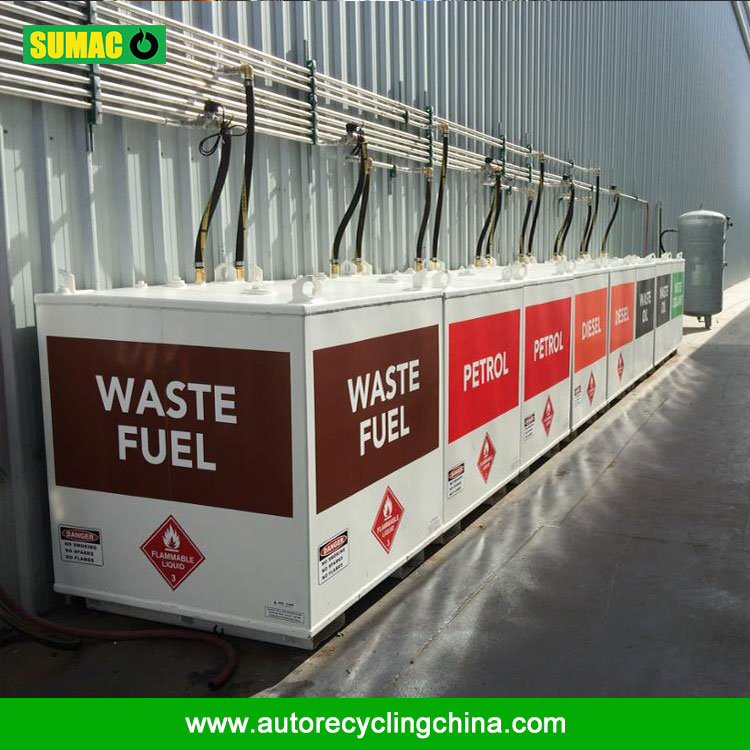To ensure the safe transportation of customized fuel tanks, the following comprehensive measures should be implemented:
1. Pre-Transportation Preparation
- Secure Packaging: Customized fuel tanks must be packed in shock-absorbing materials (e.g., foam, air cushions) to prevent collision during transit. Use sturdy wooden crates or metal frames for external reinforcement, ensuring all openings are sealed to avoid leakage.
- Risk Assessment: Conduct a thorough risk analysis based on the tank’s size, capacity, and transported medium (e.g., flammable liquids). Classify the cargo as hazardous if applicable and comply with international regulations (e.g., IMDG, ADR).
- Documentation Compliance: Prepare complete shipping documents, including safety data sheets (SDS), customs declarations, and transportation permits. Ensure all labels (e.g., hazard symbols, handling instructions) are clearly marked on the tank and packaging.
2. Transportation Mode Selection and Monitoring
- Carrier Competency: Choose licensed carriers with expertise in hazardous materials transportation. Verify their fleet maintenance records and driver training (e.g., dangerous goods handling).
- Route Planning: Avoid high-risk routes (e.g., congested areas, extreme weather zones). Use GPS tracking systems to monitor real-time location and adjust routes promptly if issues arise.
- Temperature and Pressure Control: For temperature-sensitive fuels, use insulated trucks or tankers with temperature regulation systems. Install pressure sensors to monitor internal conditions and prevent overpressure.
3. On-Site Handling and Emergency Preparedness
- Trained Personnel: Ensure handlers are certified in safe loading/unloading procedures, wearing appropriate PPE (e.g., gloves, goggles). Use lifting equipment (e.g., cranes, forklifts) suitable for the tank’s weight to avoid physical damage.
- Emergency Kits: Equip vehicles with fire extinguishers, leak containment kits, and first-aid supplies. Establish clear communication protocols for drivers to report incidents (e.g., leaks, accidents) to emergency services and logistics teams immediately.
- Insurance Coverage: Obtain comprehensive cargo insurance to mitigate financial risks from potential damages, delays, or environmental hazards.
4. Regulatory Compliance and Post-Transportation Checks
- Legal Adherence: Comply with local and international regulations (e.g., EPA standards in the U.S., CE marking in the EU) for hazardous material transportation. Regularly update procedures to reflect regulatory changes.
-
Post-Delivery Inspection: Upon arrival, inspect the tank for physical damage, leakage, or parameter deviations (e.g., pressure, temperature). Document any issues and resolve them with the carrier promptly.

